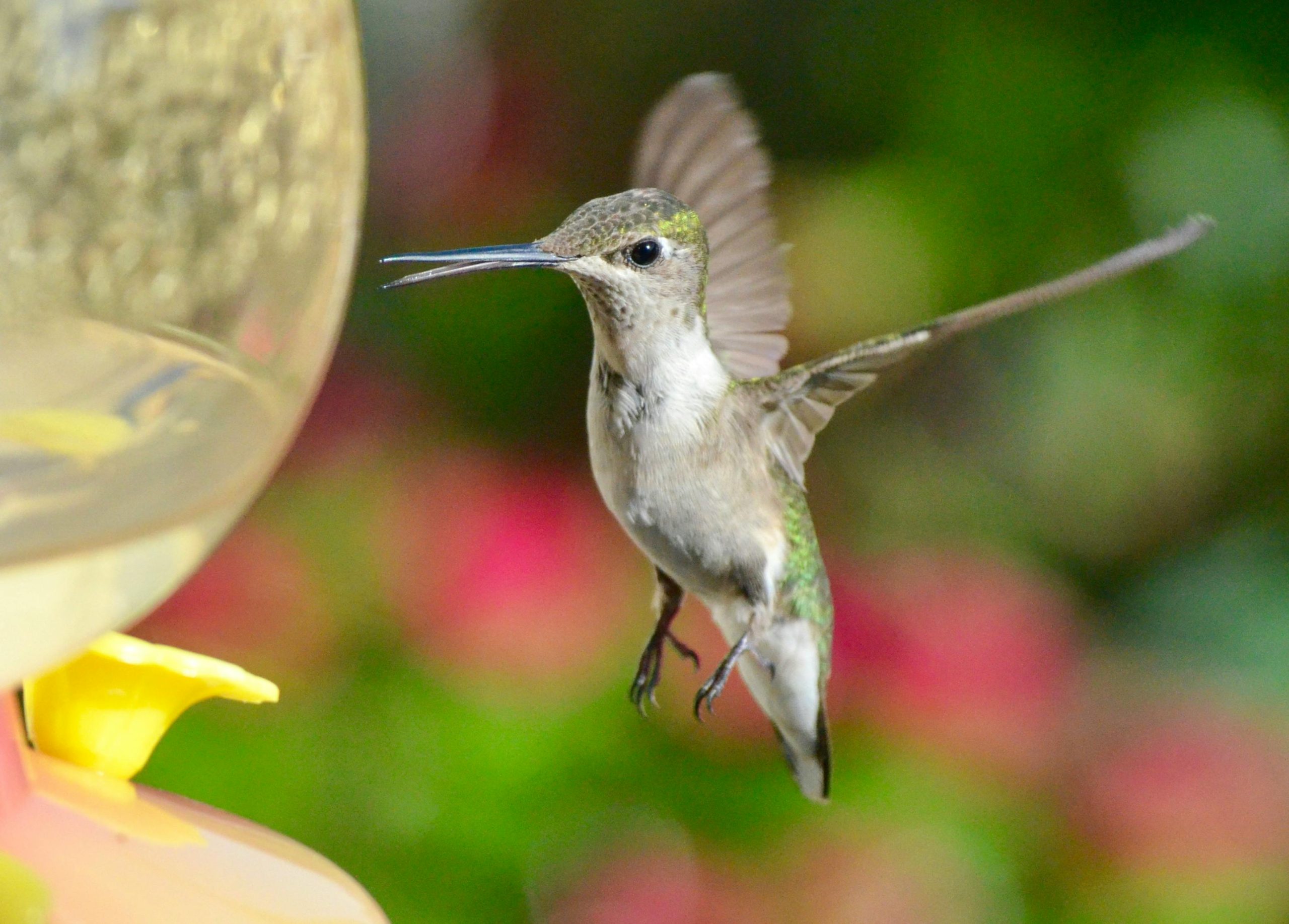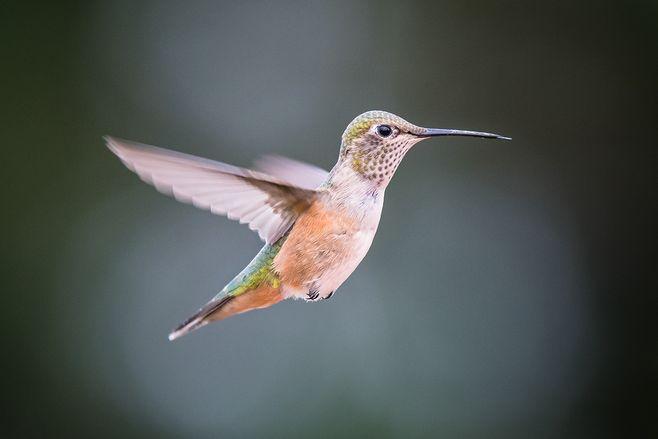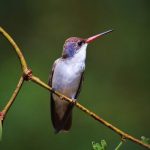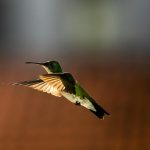Hummingbirds are remarkable creatures known for their agility, speed, and unique flying abilities. These tiny birds can perform incredible aerial feats, but have you ever wondered how high they can actually fly? Let’s explore the heights at which hummingbirds soar:
1. Altitude Capabilities
Hummingbirds are capable of flying at varying altitudes depending on several factors. Here are some points to consider about their altitude capabilities:
- Normal Flight: During their typical flight patterns, hummingbirds fly at relatively low altitudes, usually ranging from a few feet to around 30 feet above the ground.
- Feeding Flight: When hummingbirds feed on nectar from flowers or feeders, they hover in mid-air, often at heights close to the nectar source, which can be as low as a few inches above the ground or up to several feet high.
- Migratory Flight: During their long-distance migrations, hummingbirds can fly at higher altitudes to navigate over mountains, bodies of water, and other geographic barriers. They have been observed flying as high as 15,000 feet during migration.
- Hovering Flight: Hummingbirds are known for their ability to hover in mid-air, maintaining a steady position while flapping their wings rapidly. They can hover at various heights, from a few inches above the ground to several feet high.

2. Oxygen Availability
The altitude at which hummingbirds can fly is also influenced by oxygen availability. Here are some key points to understand about oxygen and its impact on hummingbird flight:
- High Metabolic Rate: Hummingbirds have an exceptionally high metabolic rate compared to other birds. Their rapid wingbeats and high energy output require a constant supply of oxygen.
- Oxygen Levels at Altitude: As altitude increases, the density of oxygen in the air decreases. At higher altitudes, there is less oxygen available for hummingbirds to extract during each breath.
- Physiological Adaptations: Hummingbirds have evolved several physiological adaptations that enable them to cope with lower oxygen levels at higher altitudes. These adaptations include efficient oxygen extraction from each breath, increased lung capacity, and enhanced oxygen-carrying capacity of their blood.
3. Flight Strategies
Hummingbirds utilize various flight strategies to navigate and adapt to different altitudes. Here are some flight strategies employed by hummingbirds:
- Direct Flight: During normal flight and feeding, hummingbirds typically employ direct flight strategies, flying in a straight line with occasional maneuvers to avoid obstacles.
- Hovering Flight: Hummingbirds are renowned for their hovering abilities. They can maintain a stable position in mid-air by rapidly flapping their wings in a figure-eight pattern. Hovering flight is crucial for accessing nectar from flowers and feeders.
- Ascending and Descending: When faced with changes in altitude, hummingbirds can adjust their flight by ascending or descending as needed. This allows them to navigate obstacles or reach different nectar sources at varying heights.
- Migration Flight: During long-distance migrations, hummingbirds utilize a combination of soaring flight, where they ride air currents without flapping their wings, and powered flight, where they actively flap their wings to maintain speed and direction.

4. Species Variations
It’s important to note that different hummingbird species may exhibit variations in their flying abilities and altitude preferences. Here are a few examples:
- Ruby-throated Hummingbird: The Ruby-throated Hummingbird, a common species in North America, is known to fly at various altitudes, from ground level to several thousand feet during migration.
- Anna’s Hummingbird: The Anna’s Hummingbird, found on the western coast of North America, is known to fly at relatively low altitudes, rarely exceeding 50 feet above the ground.
- Andean Hillstar: The Andean Hillstar, a hummingbird species found in the AndesMountain range, is known for its high-altitude habitat. It can be found flying at elevations of up to 16,000 feet, making it one of the highest-flying hummingbird species.
Conclusion
Hummingbirds are remarkable creatures with impressive flying abilities. While they typically fly at low altitudes during normal flight and feeding, they can reach higher elevations during migration. Their altitude capabilities are influenced by factors such as oxygen availability and physiological adaptations. Additionally, different hummingbird species may exhibit variations in their flying abilities and altitude preferences. Studying these tiny birds and their flight patterns helps us appreciate their unique adaptations and the challenges they face in their aerial journeys.




